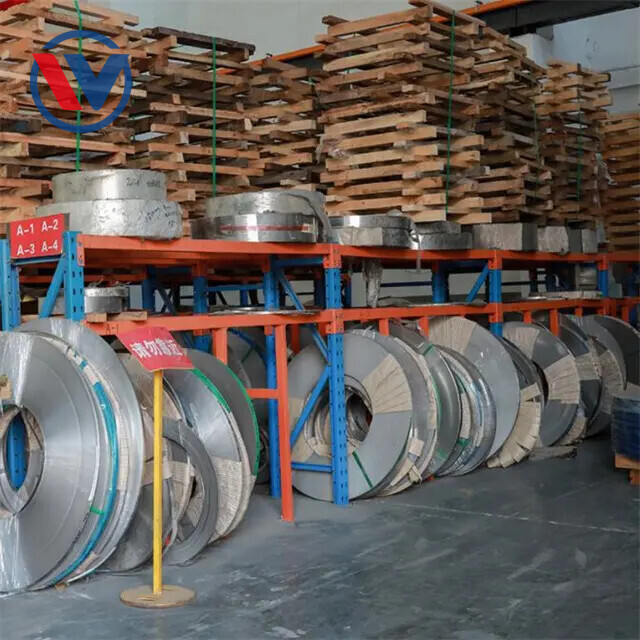
Metal Heat Treatment: A Fundamental Guide to Controlling Material Properties
Metal heat treatment is a controlled process of heating and cooling solid metals to alter their physical and mechanical properties without changing the product's shape. This foundational industrial process is crucial for enhancing a metal's performance, making it harder, stronger, more ductile, or more resistant to impact. By manipulating the atomic structure and microstructure through precise temperature cycles, engineers can tailor a metal to meet the specific demands of its application, from the blade of a knife to the body of a car.
The Core Principle: The Iron-Carbon Diagram
At the heart of ferrous metal heat treatment (especially steel) lies the iron-carbon phase diagram. This chart is a roadmap that predicts the microstructural phases present in a steel at different temperatures and carbon contents. Key phases include:
Austenite: A solid solution of carbon in iron that forms at high temperatures. It is soft and ductile, and it is the phase into which steel is transformed to set the stage for most heat treatments.
Ferrite: A soft, ductile, and magnetic phase of pure iron with very little carbon.
Cementite: A hard, brittle iron carbide compound (Fe3C).
Pearlite: A lamellar (layered) microstructure of alternating ferrite and cementite layers, offering a good balance of strength and ductility.
Understanding these phases and their transformation temperatures is the first step in designing any heat treatment cycle.
The Three Fundamental Steps
Most heat treatment processes involve three basic stages:
Heating: The metal is heated slowly and uniformly to a specific temperature where the desired phase changes can occur (e.g., transforming to austenite).
Soaking (or Holding): The metal is held at that temperature for a sufficient time to allow the entire cross-section to transform completely, ensuring a uniform structure.
Cooling: The metal is cooled at a controlled rate, which is the most critical factor in determining the final properties. Cooling can be done slowly in a furnace, in still air, or rapidly by quenching in water, oil, or air.
Common Types of Heat Treatment Processes
Heat treatment processes are broadly categorized based on their purpose and the resulting properties:
1. Annealing
This process involves heating the metal to a specific temperature, holding it, and then cooling it very slowly, usually inside the furnace. The primary goals are to:
Soften the metal to improve machinability and formability.
Relieve internal stresses caused by previous processing (like casting or machining).
Refine the grain structure to make it more uniform.
2. Normalizing
Similar to annealing, normalizing involves heating the steel to a high temperature and then cooling it in still air. This faster cooling rate results in a finer pearlitic structure, making the steel slightly stronger and harder than annealed steel. It is often used to refine the grain structure after hot-working processes like forging.
3. Hardening (Quenching)
To achieve maximum hardness and strength, steel is heated to form austenite and then rapidly cooled, or "quenched," in a medium like water or oil. This rapid cooling traps the carbon, forming a very hard, brittle, and distorted structure called Martensite. While extremely hard, martensite is often too brittle for most practical applications.
4. Tempering
This is a mandatory follow-up to hardening. The hardened, brittle steel is reheated to a temperature below its critical point and then cooled. Tempering reduces brittleness, relieves internal stresses, and improves toughness by transforming some martensite into more stable and ductile structures. The final hardness and strength are precisely controlled by the tempering temperature and time.
In summary, heat treatment is a powerful and essential set of techniques in metallurgy. By mastering the interplay of time, temperature, and cooling rates, it allows for the precise engineering of metal properties, ensuring that components can withstand the mechanical and environmental challenges they will face throughout their service life.
Leave A Message
If you are interested in our products and want to know more details, please leave a message here, we will reply you as soon as we can.
